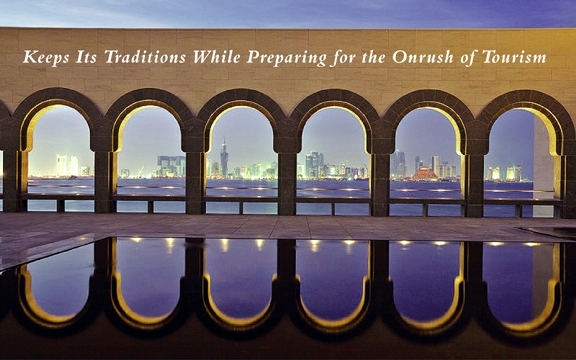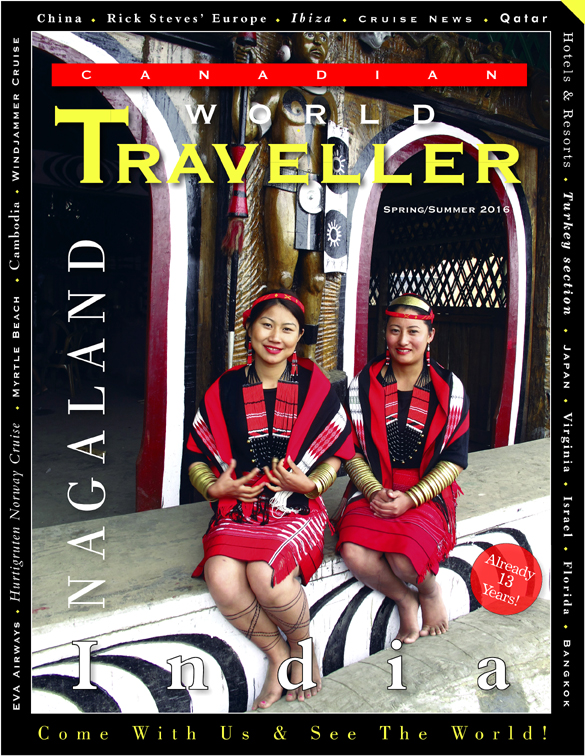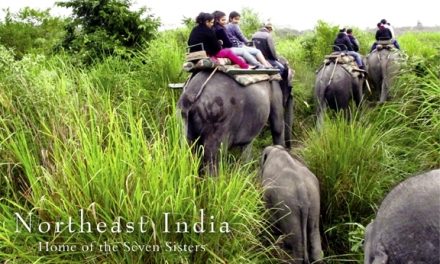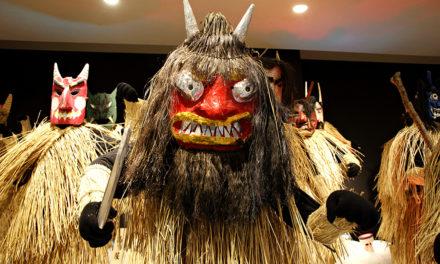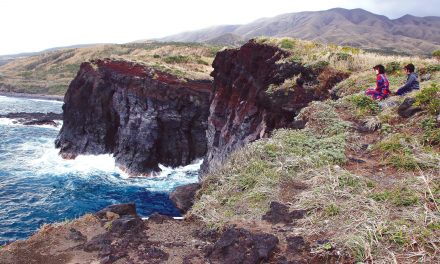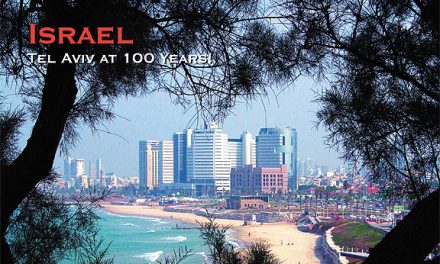Qatar
Keeps Its Traditions While Preparing for the Onrush of Tourism
by Habeeb Salloum

While travelling around Qatar, a land that has leapt quickly into the 21st century, it was apparent to us that the people, even while rushing into the modern world, were still conscious of their history and steeped in tradition. In spite of the oil wealth of the last few decades, Qataris still hold on to the Arab virtues of generosity, hospitality, honour and respect for guests.
Should one be lucky enough like us to be invited to a Qatari home, the friendliness and generosity of the host will be boundless. These traditions, up-to-date tourist facilities and the country’s attractive modern architecture, influenced by Qatar’s Arab-Islamic past, are drawing an ever-increasing number of tourists.
The appealing virtues of the inhabitants of this 11,437 sq km (4,416 sq mi) peninsula, jutting out 160 km (100 mi) into the Arabian Gulf, have been developed through the centuries. Stone age settlements dating back to 8,000 B.C. have been discovered in a number of places. In the classical age, the Greek historian Herodotus mentions that Qatar’s early inhabitants were Canaanites, reputed for their commercial and sea-faring skills. In the 7th century A.D., the country became a part of the Islamic world and has remained so ever since.
Beginning in the Middle Ages, Portuguese, Turks and lastly the British fought for control of what was once an almost total desert land. On September 3rd, 1971, Qatar gained its independence and the road to building a modern nation began and has never stopped.
For untold centuries, the vast majority of the inhabitants lived off the sea. Fishing and pearling were the main sources of the country’s wealth. As recently as the early part of this century a fleet of over 800 dhows with some 13,000 sailors annually set to sea in search of pearls and fish. However, by the 1930s, Japanese cultured pearls had almost wiped out this industry.
The discovery of oil in 1939 came just in time to give work to the mass of people who had lost their livelihood. After independence, this newfound wealth brought an astonishing transformation in all aspects of life. New factories, farmland, roads, schools, mosques and imposing villas became common features throughout the country. In less than a few decades, from an almost total desert land, the country became a rich modern nation with extensive social benefits for all its inhabitants.
Doha, the capital, where over half of Qatar’s 2.3 million people live, is a fine example of how the country has been transformed. From a dusty small town, modern day Doha has become a delightful metropolis of luxurious hotels and air-conditioned malls – eye-catching in its beauty. Mile after mile of modern structures, many crowned with colourful domes and minarets and featuring other traditional Arabic patterns, are rimmed by tree-lined boulevards.
The National Museum, a delightful and renovated old palace built in Arab design; Al Bida Park, an oasis of greenery; the renovated Souq Waqif, the oldest souq in Doha; the Khalifa Tennis and Squash Complex, a sparkling white attractive Arab-type complex; the Post Office, seemingly out of the Arabian Nights; and the architecturally beautiful mosques, like the Abu Bakr Al-Siddiq and Omar bin Khattab Mosques; give a truly oriental aura to the city. Unlike in the majority of developing nations, the country’s engineers have absorbed the benefits of modern construction without rejecting the time-honoured method of building.
Crowning these appealing structures is the palm-lined 7 km (4 mi) Corniche, stretching along the city’s waterfront to anchor at the majestic Sheraton Grand Doha Resort and Convention Hotel. Pleasant to saunter or jog along, it imbues the city with a sense of beauty, seduction and open space.
When one tires of strolling, a five-minute taxi ride away is Aladdin’s Kingdom, an amusement park of greenery, fountains and rides, or the nearby Qatar University with its eye-catching architecture. On the other hand, if a traveller is enamoured with the creatures of the wild, Doha’s Zoo, with its large collection of animals, is only half an hour’s drive from the city centre. Also, there are oryx farms – a permit is needed to visit these sanctuaries – where a large number of this endangered species roams free.
If a visitor yearns for the traditional, a short walk from the Corniche is the Moorish-style Al Koot Fort built by the Ottomans and now an exhibition centre for local handicrafts. Outside its doors are the old and new souks with their wealth and variety of merchandise. Here, a traveller can spend hours amid silks and spices in a world of oriental splendour.
Besides Doha and its appeal, there are a number of nearby towns well worth a visit. After bargaining, one can rent a taxi and travel for 20 minutes southward to Al-Wakrah – once Qatar’s main fishing and pearling town and noted for its traditional architecture and museum displaying marine life.
After viewing the town’s old minarets, fort and wind towers, Umm Said, 36 km (22 mi) from Doha is the next place to see. The country’s industrial capital, it is noted for its fertilizer, iron, steel, petrochemical and oil refining plants. Beyond, near Qatar’s southern border, there are mile after mile of huge sand dunes waiting for the sand skiing tourist.
To the north of Doha, Al-Khor, 57 km (35.5 mi) away, is an interesting place to visit. An old port with a harbour full of dhows, the town boasts a museum, an old market place and fine beaches. Another 50 km (31 mi) further north is Madinat Al-Shamal, located on the northern tip of Qatar; and the nearby Al-Zubarah, one of the most important historic sites in the country, known for its archaeological sites and its old fort, now housing a museum.
The Qatar National Hotels Company is largely responsible for developing the country’s tourist potentials, which annually draw about 1.3 million visitors. The company efficiently administers a number of the country’s top hotels and the Khalifa Tennis and Squash Club and the Doha Golf Course and Club, one of the largest in the Middle East with a striking Arabian-style clubhouse. Other visitor drawing sites are a skating rink; Palm Tree Island Development, in the middle of Doha’s bay; and some 60 km (37 mi) to the south, the Umm Said Beach Resort.
Embellishing these sport outlets are the dhow cruises, desert safaris and hospitality of the people. Gracious to guests, Qataris welcome strangers like long lost relatives, making them feel at home.
www.qatartourism.gov.qa
Click on cover to view published article

